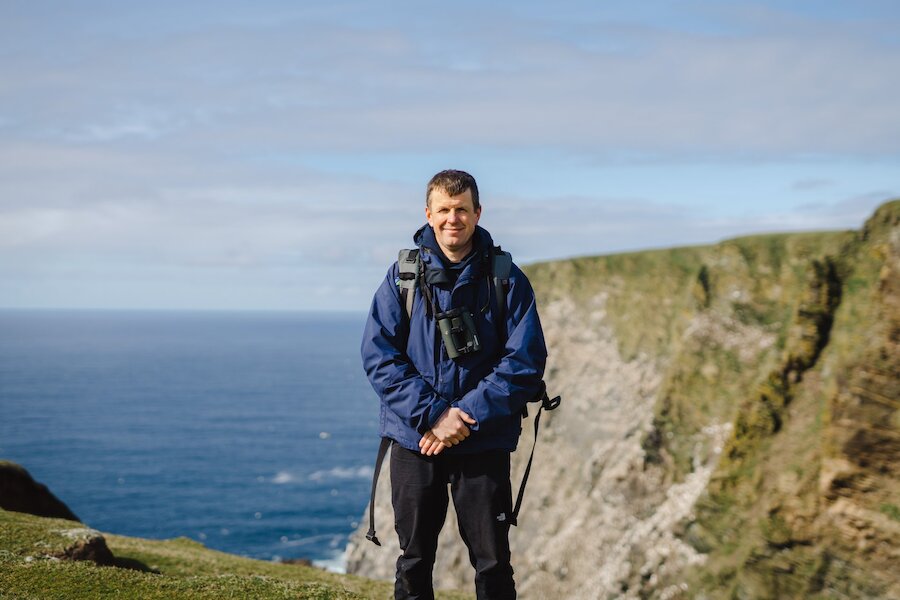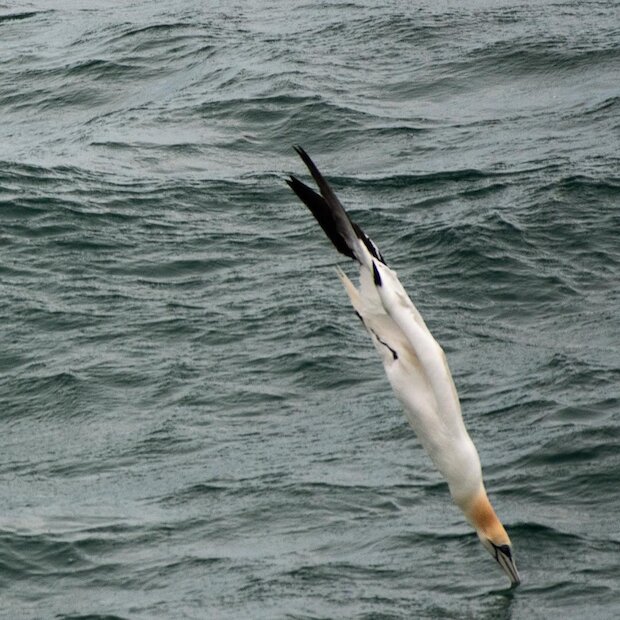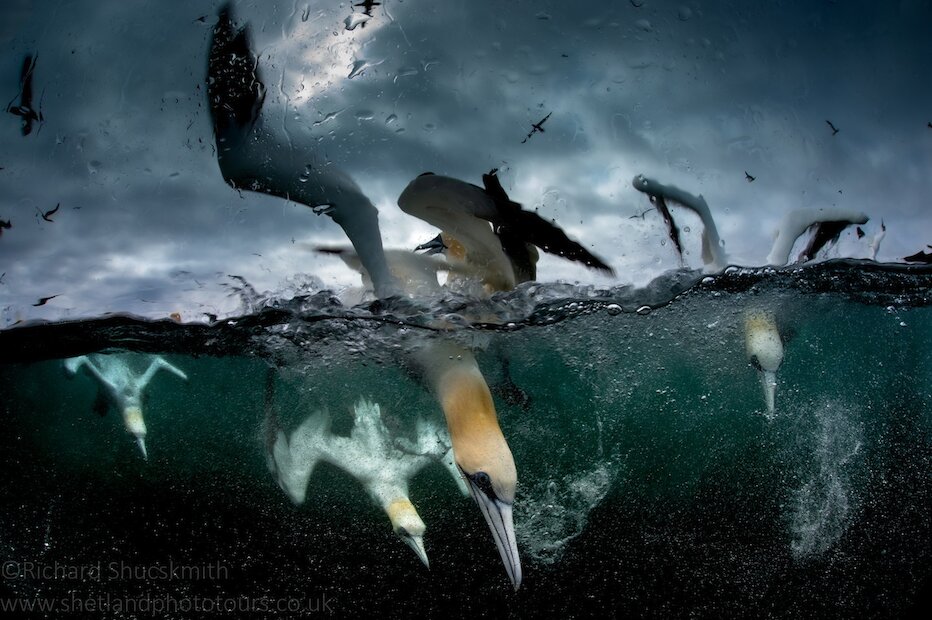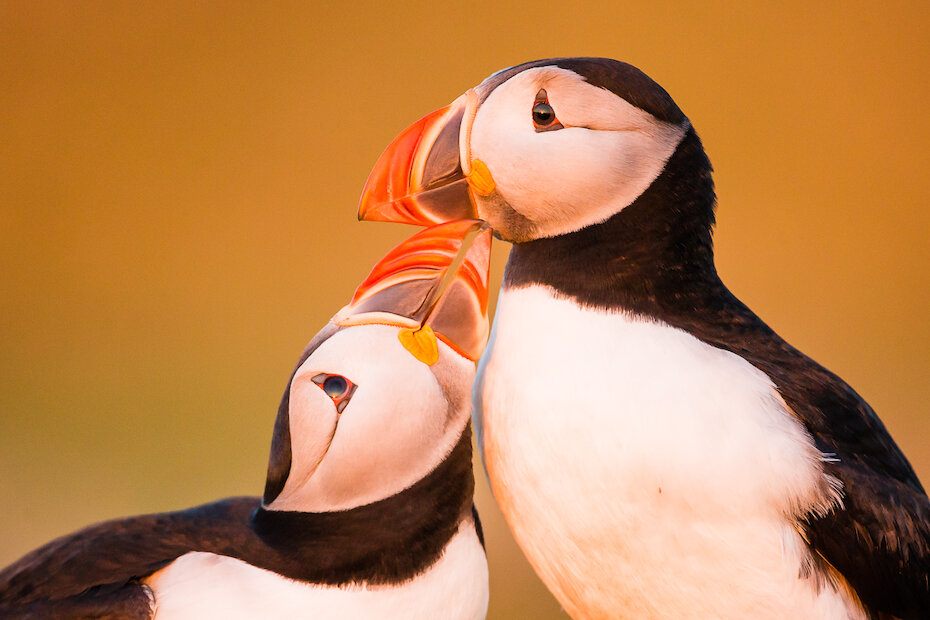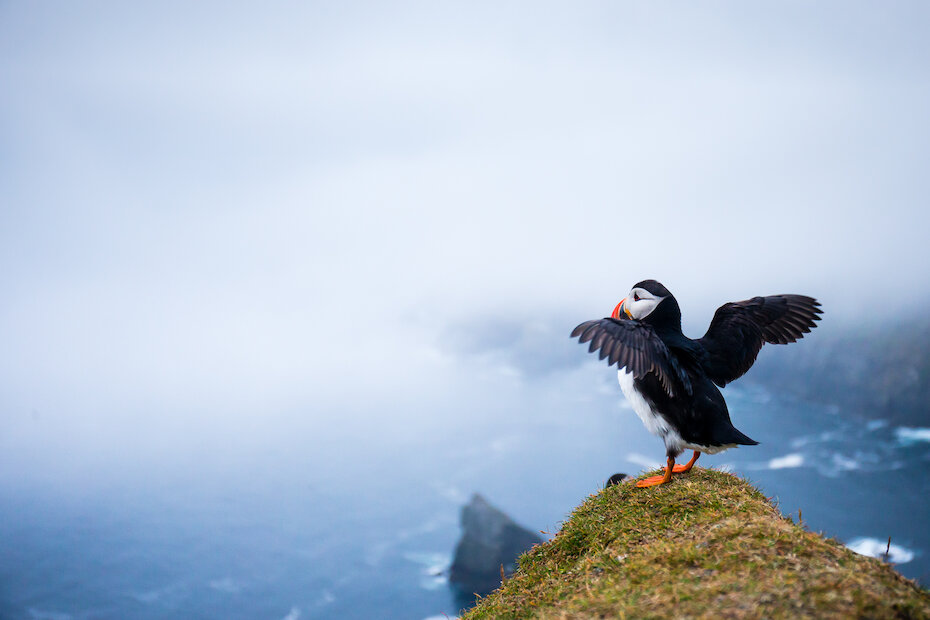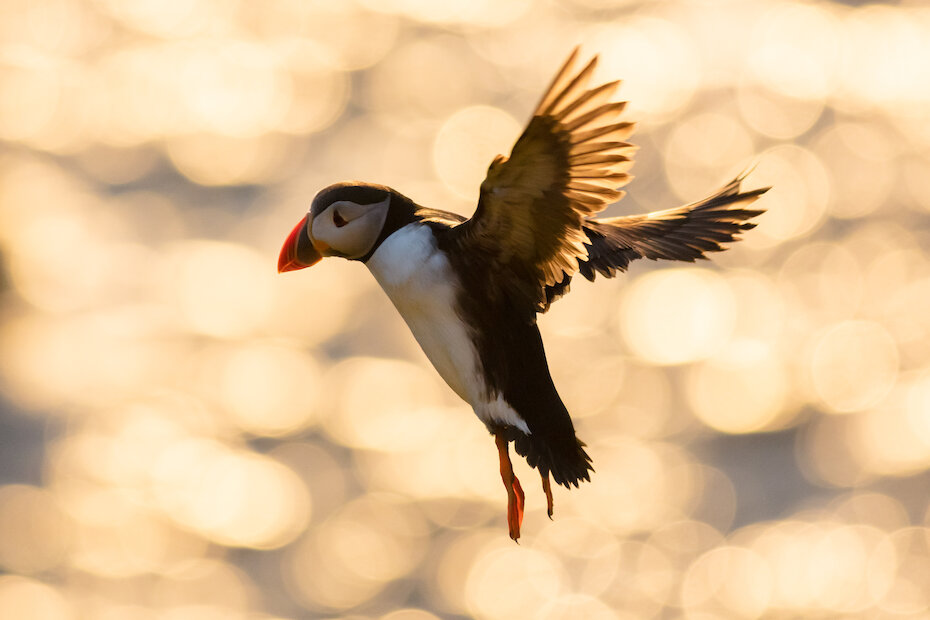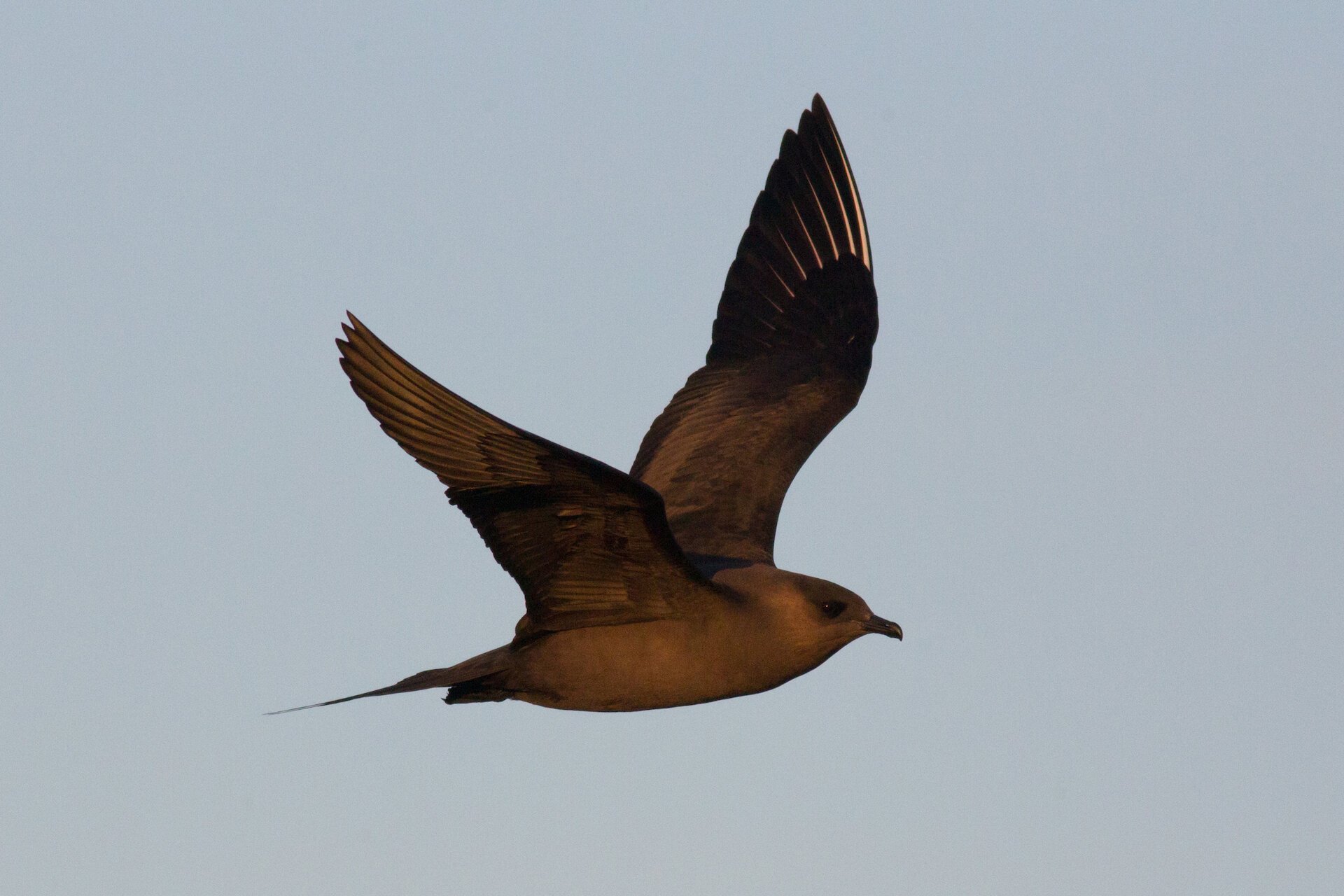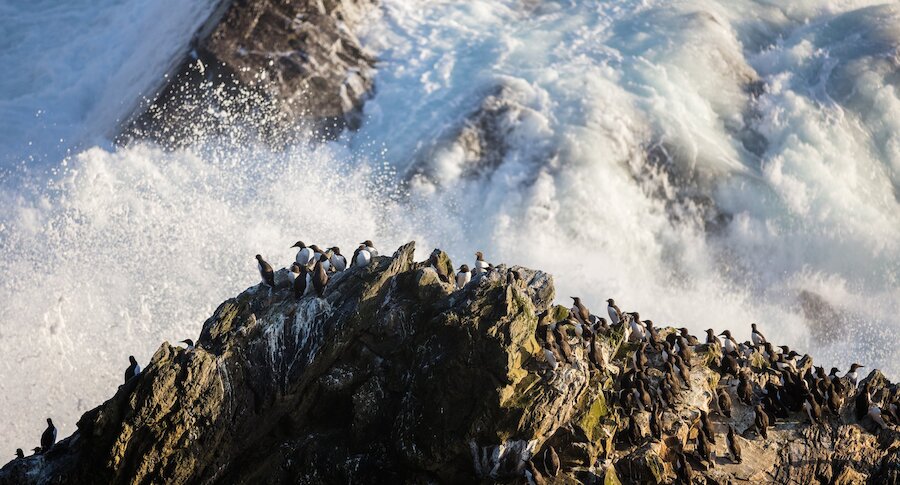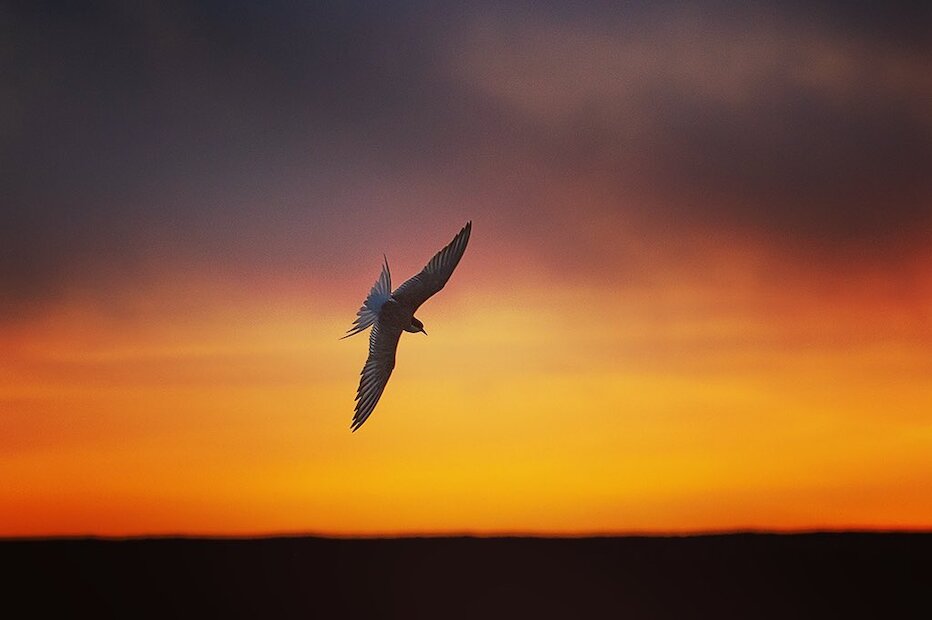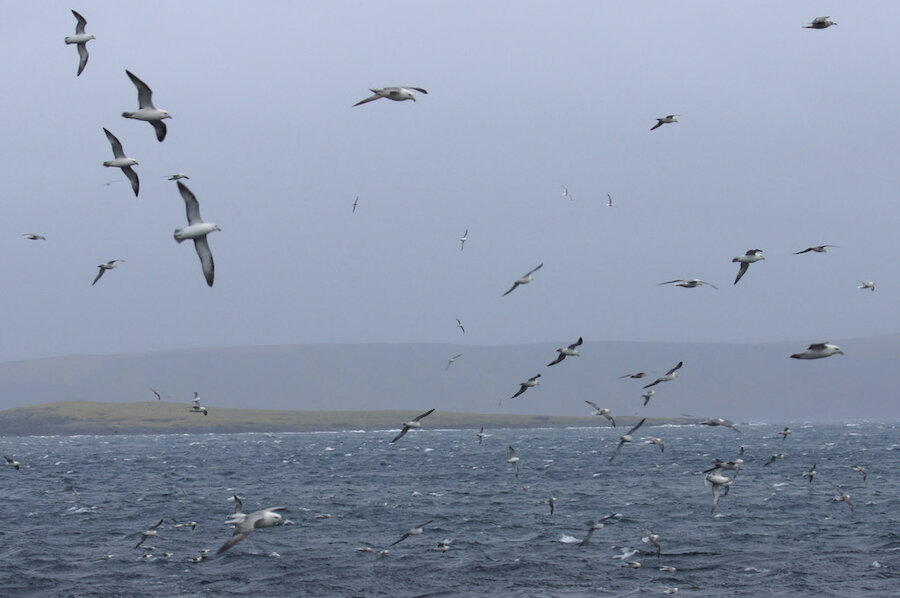Nothing says ‘summer’ in Shetland like the return of the seabirds when, almost overnight, the islands become noisy breeding grounds.
Puffins, gannets and guillemots occupy the high-rise cliffside dwellings, while Arctic terns colonise the beaches. For the non-birder the sight and sounds of these returning birds promises longer days and warmer weather. For the birding enthusiast, however, a Shetland summer offers a bevy of birdwatching opportunities.
